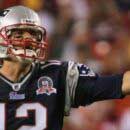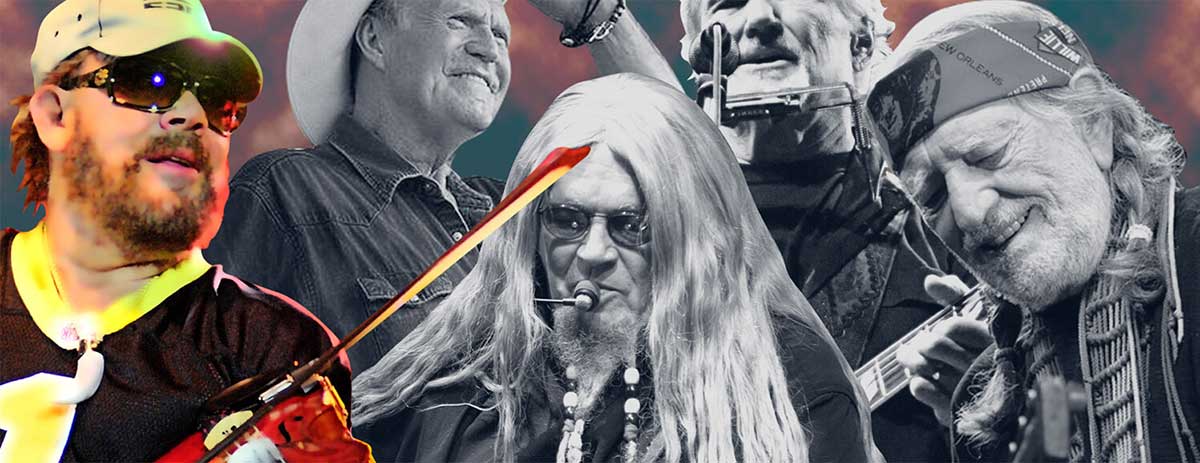
Endangered Music: Will ‘Outlaw Country’ survive?
By Carl Miller Posted 2/01/2020 in ENTERTAINMENT
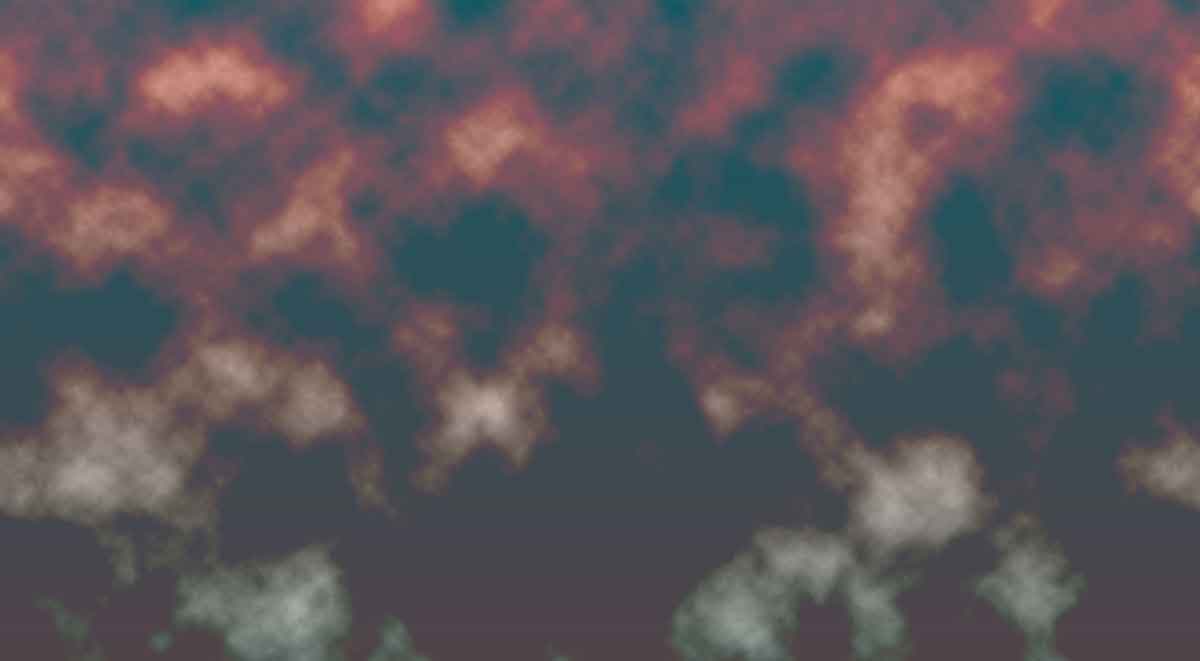
“Music evolves and changes. It always has and always will“
Genres are born, live, thrive, and in some cases die. It struck me recently that music really is a living thing, and while new types and genres are important, so are those genres that were steppingstones in the evolution of modern music.
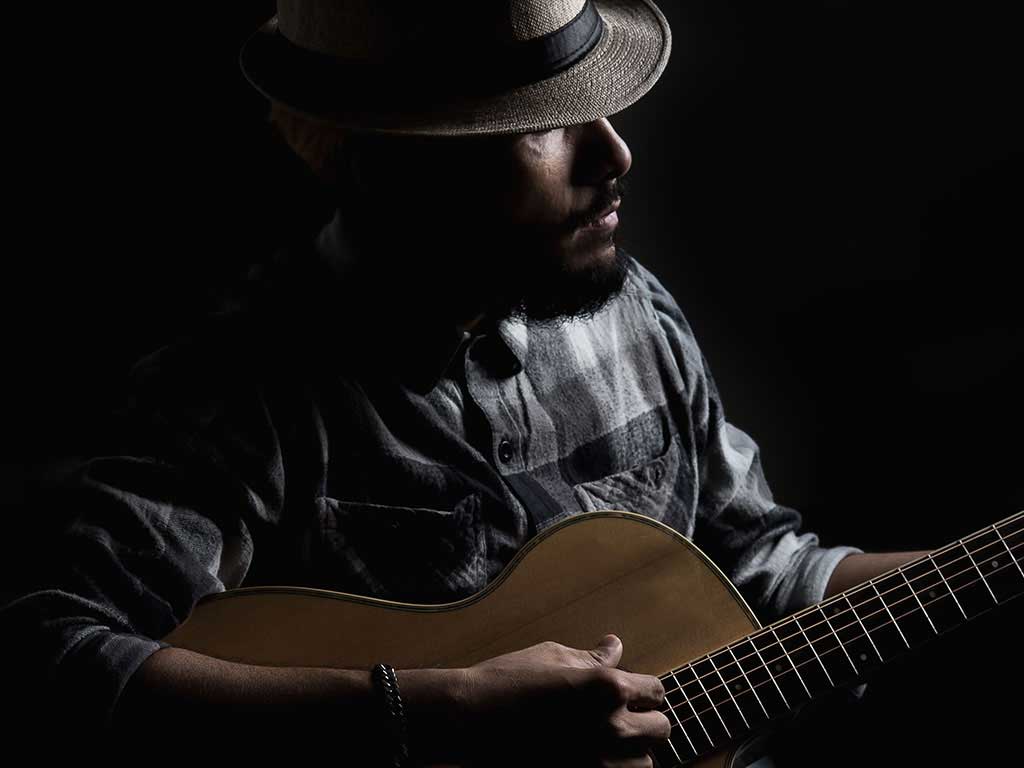
That’s were outlaw country comes in. I know a lot of you are scratching your head, what’s outlaw country? Well, that question is exactly the point. Most people today don’t really know the term and the survival of the genre is in question. The origin of ‘Outlaw Country’ is hard to pinpoint, but the end unfortunately seems to be in near sight. There are not many of the old school outlaw country artists still alive. Willie Nelson, Billy Joe Shaver, Kris Kristofferson, Hank Williams Jr and David Allan Coe are a few of the last original outlaws standing. Hank Williams Jr referred to himself as a dinosaur in his song of the same name, and he’s not too far off, in many ways he is one of the very last of a dying breed.
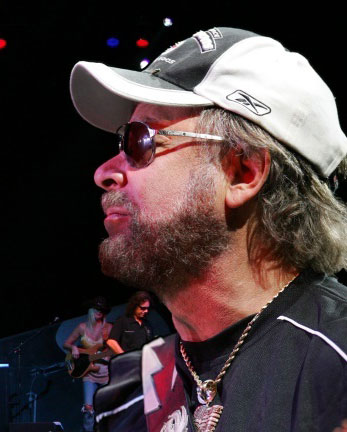
In order to discuss the current state of outlaw country I think it’s important to understand the history of the outlaw country movement.
There are genres that derive from an outlook on life. They grow from a shared perspective. A select group of artists incorporate what they stand for into their music, and others drawn to those same perspectives join that movement. It’s vitally importantly to understand what these outlaw country artists stood for. I should state that the origin of the term outlaw country is a greatly debated topic amongst fans and historians alike. Some believe the term was first coined by Hazel Smith, a writer from Nashville. Other’s believe the term was coined in more of a collective fashion over a period of time in the early 1970’s. Hazel Smith used the term to describe much of the music coming out of Tompall Glaser’s recording studio which was known as ‘Hillbilly Central’.
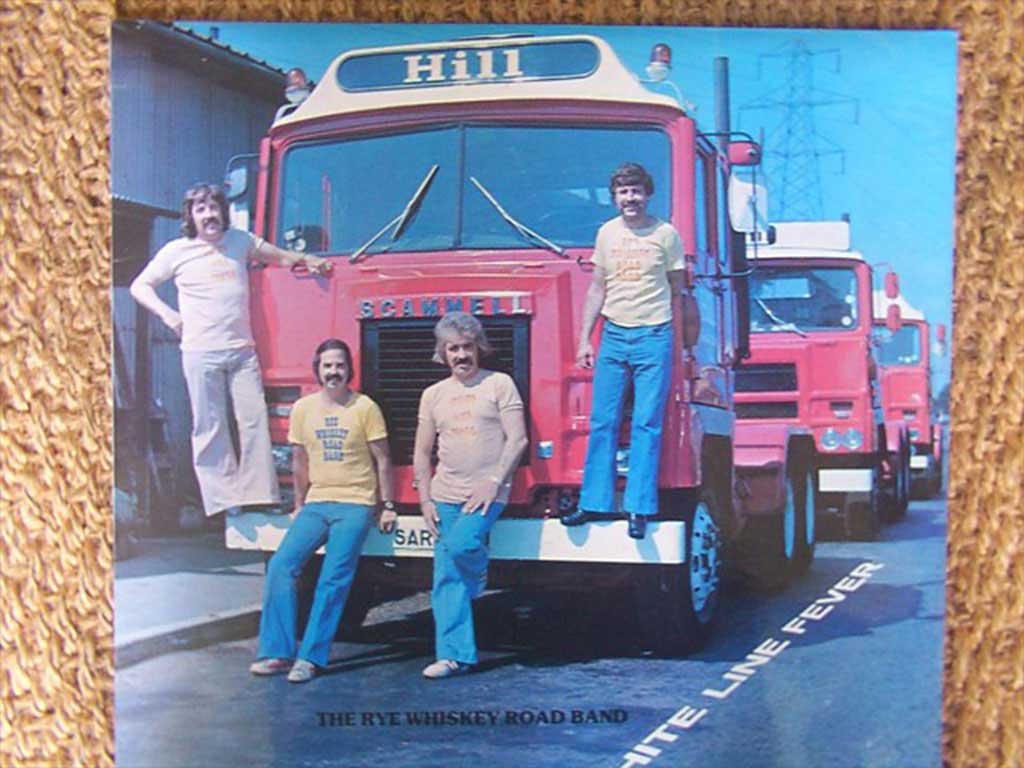
Outside of the origin of the term there is also a debate as to what music and artists the genre of outlaw country covers. Most fans weren’t satisfied with a narrow view of the term that tied it to only Tompall Glaser’s studio in part or in full, and instead considered outlaw country to be a term that described country artists that were trying to break away from the watered down ‘Nashville Sound’ of the 1950’s and 60’s.
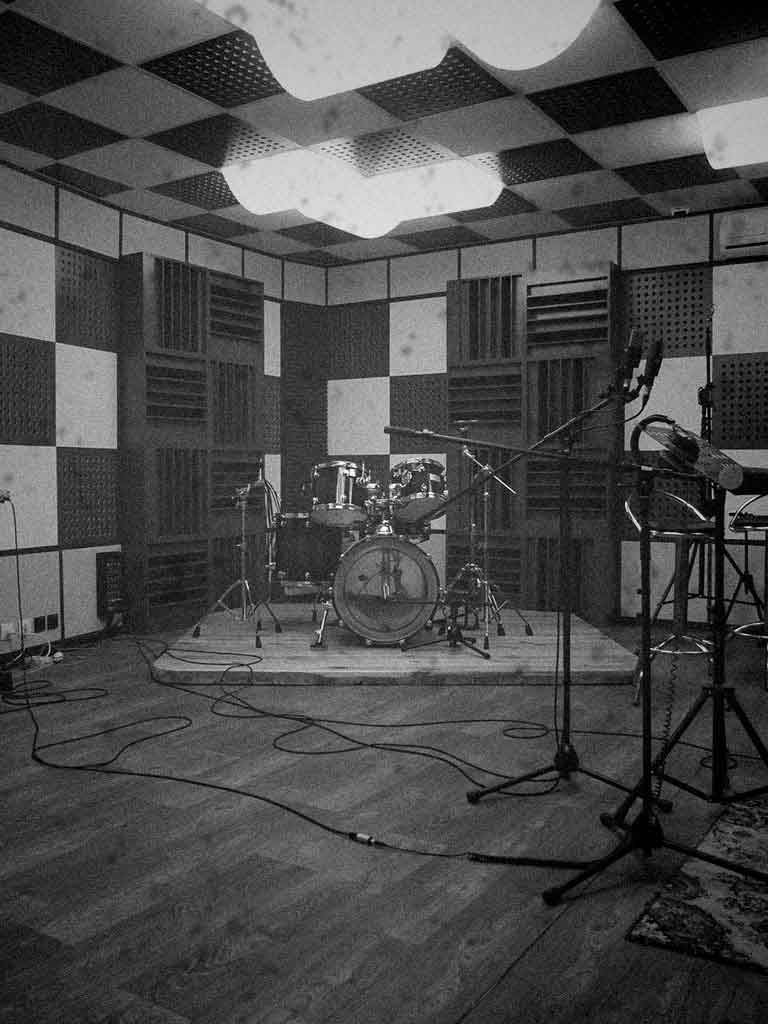
In more widely accepted definition of the term the artists defined by outlaw country were writing songs of their choice instead of being pressured by producers. Much like today, there was an established country music industry and that industry attempted to control artists and the music they produced. Artists willing to buck the industry and go their own way face considerable risk. It’s no surprise that many fans used the term outlaw country to describe artist that covered slightly gritty or controversial themes in their music such as drinking, gambling, prison, etc.
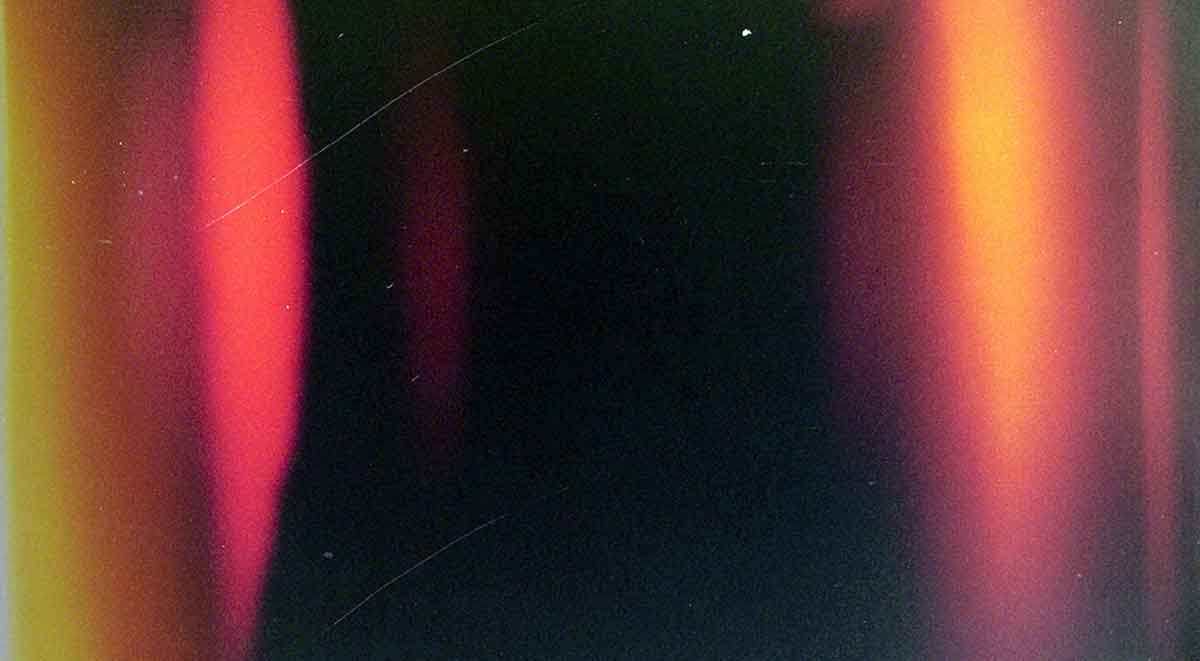
The Rise of Outlaw Country
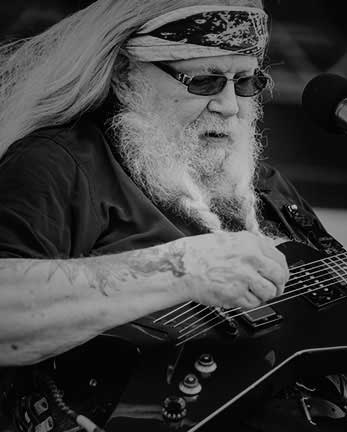
The Early 1970’s was an important time in country music for a few reasons including the birth of the outlaw movement. Outlaw Country is generally seen as a sub-genre of country music in which the artist had more creative freedom. These artists were influenced more by their peers and less by the record companies. Amongst these early pioneers was David Allan Coe, a country singer that fans have dubbed ‘The Original Outlaw.’ The moniker stuck and he wore it like a badge of honor. So much so that he used that name as the title of his 1995 album. Coe undoubtedly earned that title, performing outlaw music for nearly five decades with his career beginning in 1970 with his debut album ‘Penitentiary Blues’.
The release of ‘Penitentiary Blues’ proved Coe to be a real deal outlaw, but it wasn’t until his 1974 album ‘The Mysterious Rhinestone Cowboy’ that he found his real country stride. Unlike his debut album that he wrote in prison, and which was mainly blues oriented, his 1974 album was pure country. During the 1970’s Coe was covering topics that most artist wouldn’t dare attempt. Coe wrote songs that were completely different than everyone in the industry, because he was different. Coe spent nearly twenty years incarcerated throughout the state of Ohio, and upon his release he lived in a hearse that he parked in front of The Grand Ole Opry.
A great amount of Coe’s success is of course due to Johnny Cash, who inspired nearly every artist in the outlaw genre. Cash influenced several prisoners with his frequent performances in various prisons around the country. Cash was a very early pioneer in the genre. One the earliest outlaw country hits was Cash’s 1953 song ‘Folsom Prison Blues.’ Although it was frequently labeled as ‘rock-a-billy’ it’s clearly an outlaw country song as well. Later in his career Cash was part of the outlaw country super group ‘The Highwaymen’, consisting of fellow outlaw singers Willie Nelson, Kris Kristofferson and Waylon Jennings. Merle Haggard was also a frequent collaborator with Cash.
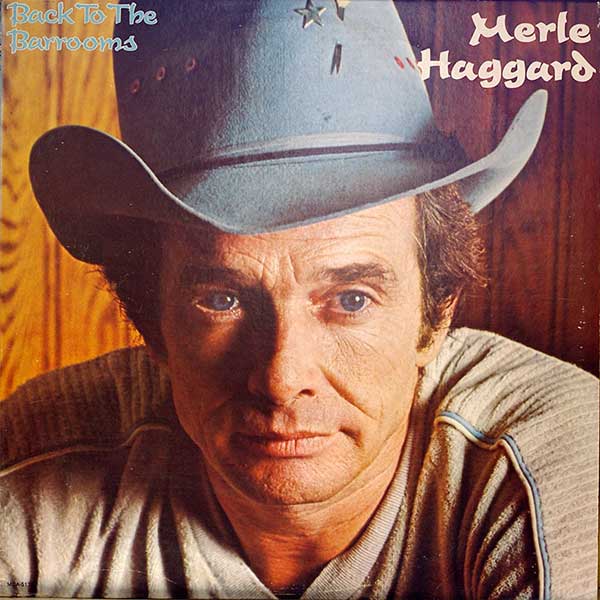
The aforementioned Merle Haggard was directly inspired by Johnny Cash. When Cash performed at San Quinton Prison while Haggard was currently serving time. Haggard has a great claim to kick-starting the outlaw movement with his 1968 song titled ‘Mama Tried’ which was a couple years prior to the term outlaw country being coined but the direction of the song was clear . Merle Haggard and his band ‘The Strangers’ were opening the door for the outlaw movement that was following in the coming years.

The aforementioned Merle Haggard was directly inspired by Johnny Cash. When Cash performed at San Quinton Prison while Haggard was currently serving time. Haggard has a great claim to kick-starting the outlaw movement with his 1968 song titled ‘Mama Tried’ which was a couple years prior to the term outlaw country being coined but the direction of the song was clear . Merle Haggard and his band ‘The Strangers’ were opening the door for the outlaw movement that was following in the coming years.
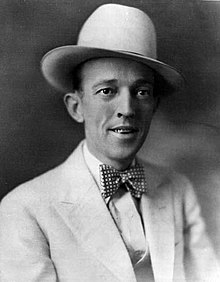
Jimmie Rodgers was known as ‘The Father of Country’ with his early 1927 song ‘Blue Yodel No.1 ( T for Texas)’ being widely considered the first country hit. The 1940’s saw a new surge in country music with the 1941 Ernest Tubb classic ‘Walking the Floor Over You’. The legendary Hank Williams also had his big hit this decade with the 1947 ‘Move It On Over’. Hank Williams and his band of ‘Drifting Cowboys’ were widely influential on the future of the country music.
By 1974 the term ‘Outlaw Country’ had been coined and recognized. Waylon Jennings saw himself as part of the moment and titled his 1974 album ‘Ladies Love Outlaws’. This was Jennings second album that would fall into the sub-genre with the first being his 1972 album ‘Good Hearted Woman’. During this time Willie Nelson, a future frequent collaborator of Jennings, released his 1973 album ‘Shotgun Willie’. Nelson and Jennings are true originals of the outlaw movement and Nelson broke into the mainstream and is likely the most widely known of the outlaws.
In a sub-genre that is so rare and unique, the similarities among the outlaw artists are shocking. Despite the obvious that the outlaws were typically against the system and most had been in trouble with the law. Nearly every artist in the outlaw movement was born in the 1930’s. The connection between the original outlaws and the Depression Era seemed obvious, as growing up in this era likely formed them into the outlaws they became. The 1920’s had The Carter Family and Jimmie Rodgers, the 1940’s had Ernest Tubb and Hank Williams, but the 1930’s gave birth to Johnny Cash, Willie Nelson, Kris Kristofferson, Johnny Paycheck, Waylon Jennings, Merle Haggard, Billy Joe Shaver and David Allan Coe.
Billy Joe Shaver and Kris Kristofferson never seemed to get quite enough credit for their crucial contributions to the outlaw movement. They were greatly respected by their peers in the sub-genre and had a cult like following, but not as widely known by the average fan. Both artists were more songwriter than singer, but they were among the best as evident by Shaver’s instant classic ‘Wacko From Waco’ and Kristofferson and Rita Coolidge hit ‘Dakota The Dancing Bear’.
Johnny Paycheck also played a significant role with the developing outlaw songs of the 1970’s. Paycheck’s first big hit was the 1972 song title ‘She’s All I Got’ followed by his 1977 song ‘Take This Job And Shove It’ which was written by David Allan Coe. George Jones was another artist who inspired the outlaw movement with his 1959 pro-moonshine hit ‘White Lightning’. Jones was an incredibly successful country artist and had another huge hit twenty-four years later with his 1983 ‘Tennessee Whiskey’, which was a song David Allan Coe recorded two years prior and they performed together live at Farm Aid. Jones was very active during the 1970’s outlaw era and was very respected by his fans and peers alike for his musical talent and unique voice.
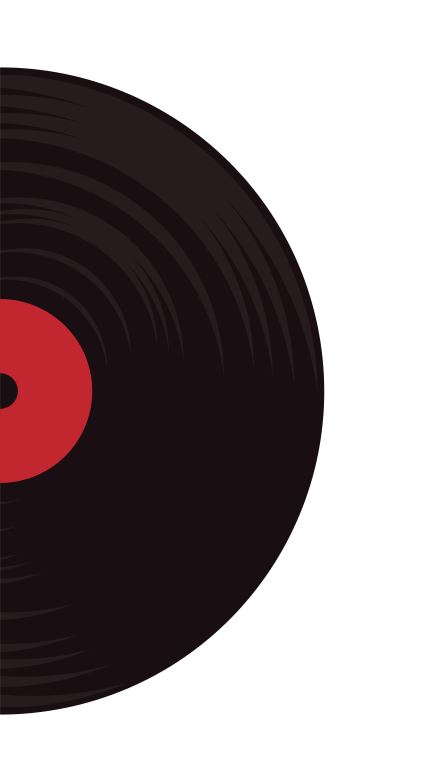
In my book the 1970’s was one of, (if not) the greatest era in the history of country music. With the birth of ‘Outlaw Country’ came some of the greatest country songs of all time. Country classics such as, ‘You Never Even Called Me By My Name’, ‘Long Haired Redneck’, ‘I’m A Ramblin Man’, ‘Are You Sure Hank Done It This Way’, ‘Luckenbach Texas’, ‘Whiskey River’, ‘I’m The Only Hell Mama Ever Raised’, ‘Family Tradition’, ‘Man In Black’, ‘One Piece At A Time’, ‘Ramblin Fever’ and so, so, many more.
There were three states that played the largest role in contributing to outlaw country music (Ohio, Tennessee and Texas). While the outlaw ‘sound’ was created in Tennessee and Texas, David Allan Coe was born in Ohio, which he reminds you of in several songs, including his song titled ‘Ohio Boy’, and Johnny Paycheck was also born in Ohio. Both men served time in the Ohio prison systems and played significant parts I the outlaw country movement. Nashville, Tennessee may always the heart of country music and in many ways, it was heart of outlaw country as well. Texas played a big role with several outlaw artist born in the lone star state including Willie Nelson, Waylon Jennings, Billy Joe Shaver and several others. Country music was extremely popular in Tennessee and Texas, and those states have the two largest stages in country as well, The Grand Old Opry and Live At Billy Bobs.
The Fall of Outlaw Country
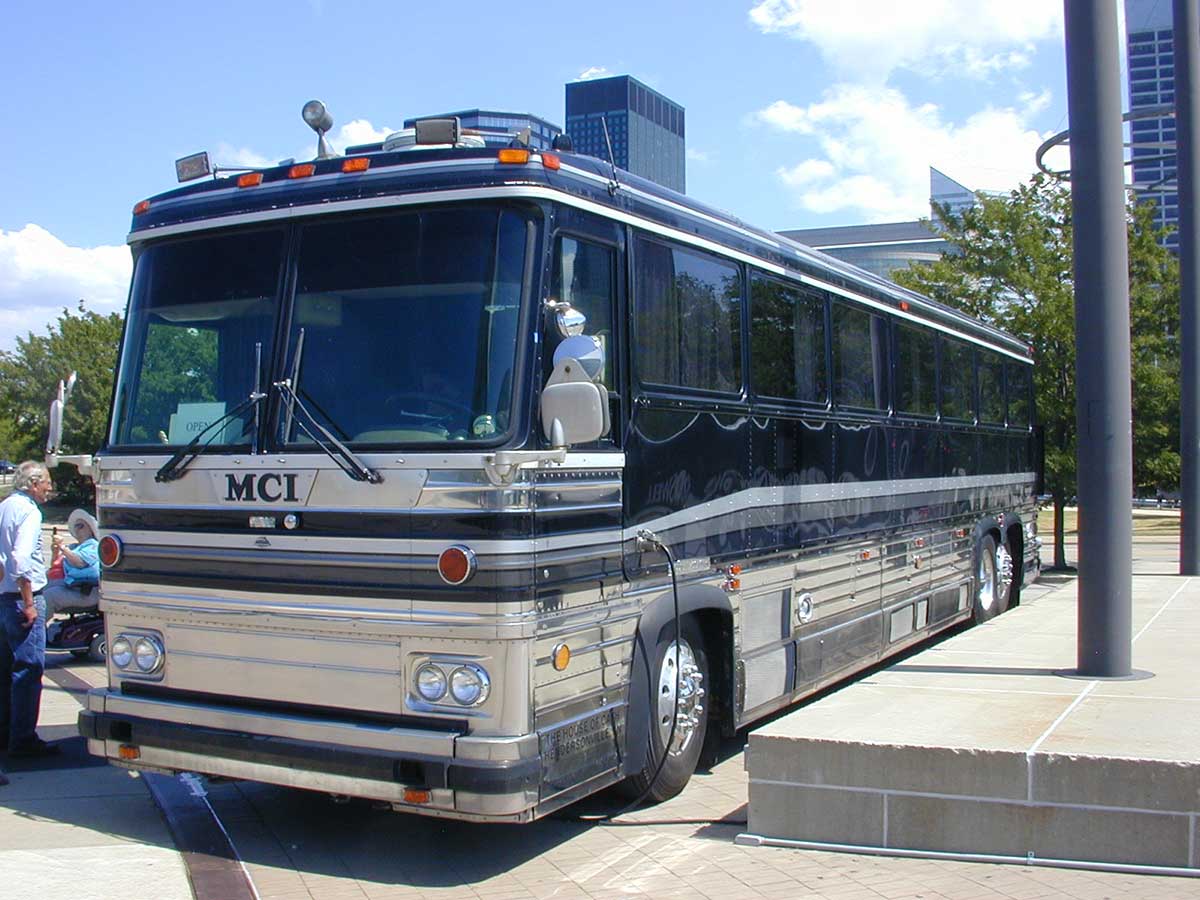
I was working as a music journalist in downtown Cleveland, Ohio when I found myself attending a live event at the Rock and Roll Hall of Fame. Parked in front of the building was a tour bus with a line of people ready to climb in and look around. It was parked there as an exhibit. When I noticed a security guard that worked there, I asked him, “what’s the deal with that bus?” He replied, “It belonged to Johnny Cash, it’s been parked up here for five or six years now.” I smiled and said thanks, I turned to walk away, and he said, “Have you ever been inside the bus?” I shook my head and said, “hopefully I’ll get to check it out soon, I’m a big fan of Johnny Cash.” I then showed him my shirt as coincidentally I was wearing a Johnny Cash t-shirt at the time. The guard just stared at me with a blank expression for a few seconds without speaking and finally said “Alright, have a good one.”
I walked towards the front of the bus and there was a plaque with Johnny Cash’s name and some pictures next to it. The doors were locked, and all the people began to leave after taking a few more pictures. I left after observing the bus for about ten minutes. On my way back home, I began to call some family members and friends to tell them to check out his tour bus, then I searched various radio stations trying to find some old country, the real stuff. I soon noticed that it was nearly impossible to find good old country tunes on the radio, the only country that seemed to receive any air play was modern country. Needless to say, it’s not the same.
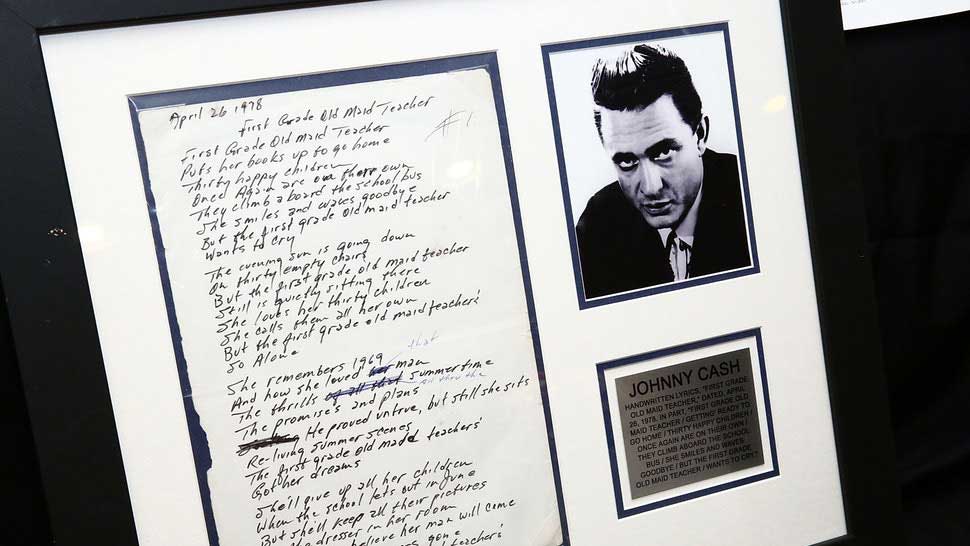
Astrid Stawiarz/Getty Images Entertainment/Getty Images
I was talking with a friend who claimed to be a fan of REAL country and he introduced me to a local college station that he claimed played some outlaw country once in a while. I recall listening to the station and having no success, I began to assume he liked NEW country and I nearly changed the station, and then ‘ One Piece at a Time ’ by Johnny Cash began to play. Now this is a song I thought, this song tells more of a story than one hundred other songs combined. After listening a very fast paced advertisement stated that David Allan Coe would be playing at the Agora Ballroom on Euclid Avenue in Cleveland, Ohio the following week. The advertisement was maybe ten seconds long and played like an animated advertisement for some sort of monster truck show. The following day I went to the ticket office and bought five tickets to the show.
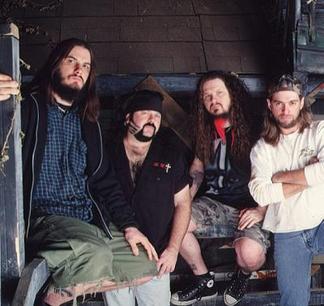
I gave the extra four tickets to a few friends and family members. We met at my house and I drove with them to the show. The Agora ballroom was only about eight blocks from my home. I thought to myself that this might be my only chance to see a real outlaw country show. When we arrived, I was quite shocked by the opening act, it was some sort of metal band. Only later did I find out that Coe was at one time part of a metal/country crossover with the band Pantera. At best there was 50 people there. The crowd was a strange mixture of bikers, metal heads and people in their 60s. I looked around trying to see how the crowd was reacting to the band performing and noticed that most of them seemed too drunk to realize what was going on.
We decided to use this time wisely and headed out back for a smoke while the opening band was playing. Upon returning to the ballroom the fan count appeared to have grown. Now there was close to five hundred people there. As the crowd packed in the fans became more anxious and impatient. The drunks that didn’t seem to notice earlier, definitely began to take notice. After the opening act crept over the one-hour mark nearly half of the crowd began booing, while many others started chanting “D-A-C, D-A-C, D-A-C!” The opening act seemed to acknowledge the demands and finished their set quickly. Before leaving the stage, the band declared “And now the man you all came to see, the legend David Allan Coe.” The place erupted with cheers; people began high fiving while others chugged their beer.
Finally, after a few minutes of setting up the stage correctly David Allan Coe entered. Coe could barely walk and needed help to a chair that was placed on the center of stage. When he sat down, he talked very briefly and began his set. I was blown away with his performance, Coe was in his mid 70’s but played just like he did in the 1970’s. He played nearly all his classics. The crowd was going crazy, they loved it.
Throughout the night he played hits like ‘Please Come to Boston’, ‘Tennessee Whiskey’, ‘Willie, Waylon and Me’, ‘Longhaired Redneck’, ‘You Never Even Called Me By My Name’ as well as performing one of the greatest covers I’ve ever heard singing Waylon Jennings song ‘Amanda’. In between each song you could hear several drunks shouting “Play the dirty songs”, referencing his 2 underground albums. As the night was obviously nearing the end, Coe began to talk to the excited crowd. He thanked them for coming out, then Coe began to educate them that he was born in Ohio. He stated that he was “Born in Akron, and lived in Cleveland for a while, moved to Nashville and stayed in Texas” he paused and listened to the overwhelming approval of the crowd. Then he stated, “What I’m trying to tell you is, I’m an Ohio boy”, which led into his song titled ‘Ohio Boy’. The fans erupted, what a way to end the show I thought.

David Allan Coe was truly one of the last original outlaws that was still alive, let alone still performing. The state of outlaw country was basically summed up by this one single show. The show was great, the music was great, but it was relegated to a relatively small venue with low attendance. The genre is near extinction, when a legend like Coe only draws five hundred people in his home state it simply showed an almost complete lack of public interest. The end of an era is inevitable. David Allan Coe had about as long of a ride as anyone else in the genre. A career spanning nearly five decades and now he will hopefully have some artist to pass the torch to. Coe did venture into projects with the new generation, performing songs with Kid Rock and Hank Williams the 3rd.
I did some reading and discovered David Allan Coe’s project with Pantera that I mentioned earlier. Pantera was one of the biggest metal bands of the 90’s, known as the outlaws of metal. Coe along with three members of Pantera formed the super group ‘Rebel Meets Rebel’, which was also the name of the album they released together. This album is a complete mixture of Outlaw Country and Heavy Groove Metal. Hank Williams the 3rd played drums for one of the songs on the album.
David Allan Coe recorded a song called ‘Outlaw Ways’ with Hank Williams the 3rd, which in many ways seemed like the passing of the torch. Hank Williams the 3rd is certainly carrying on some outlaw country attitude. His new sound is sometimes called ‘Hellbilly’ which has also been used to describe Rob Zombie. It’s a far cry from the 70s outlaw country, but Hank 3 mixes in a number of different styles and the outlaw country influence is certainly there. The best example of this would be his song titled ‘Country Heroes’ where he pays his respect to the original outlaws.
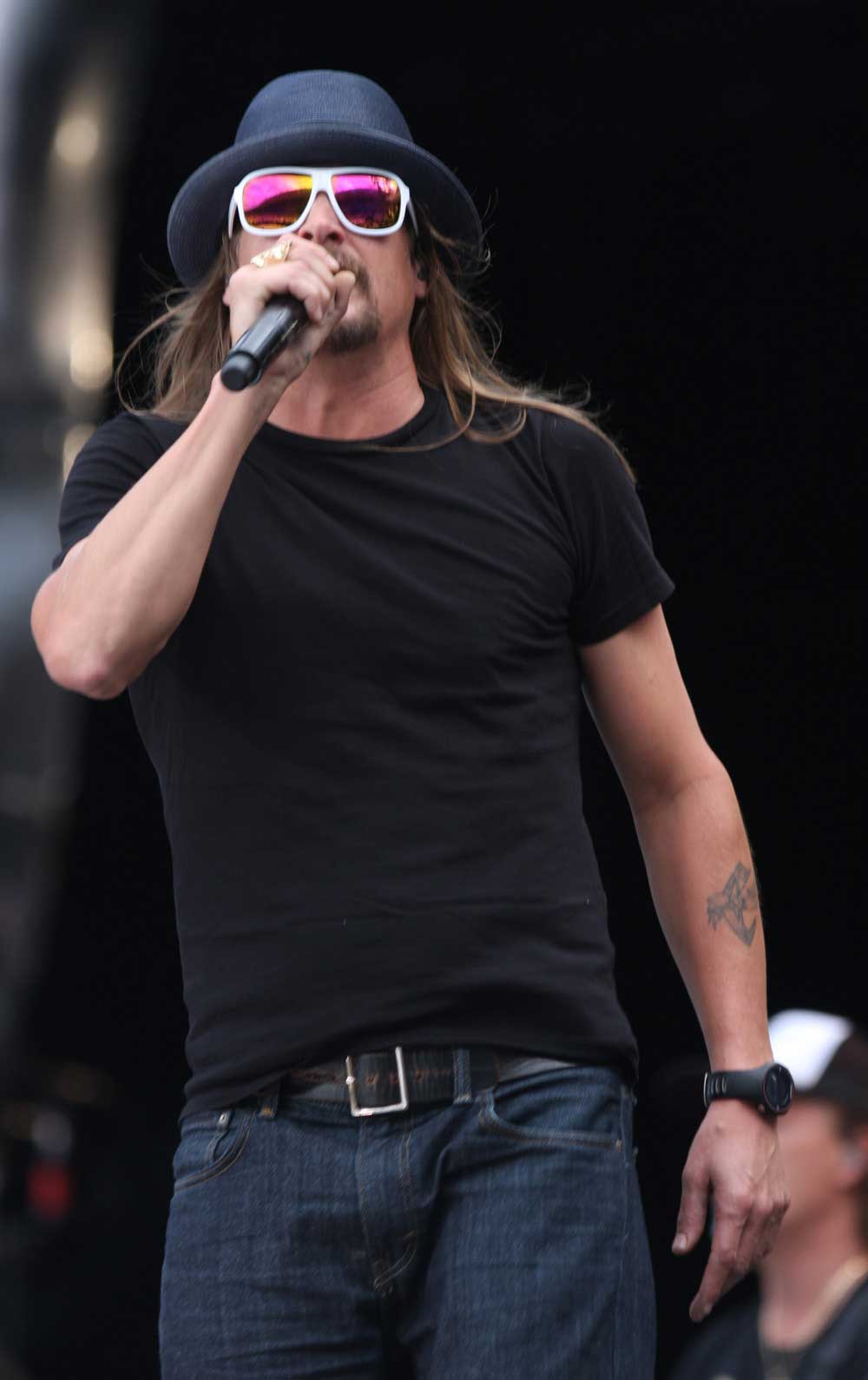
Kid Rock is another artist who Coe passed the torch to. Although Rock, similar to Coe, didn’t start in the country genre Kid Rock has made an impact on country music. It all started when he became friends with Coe. Rock said he always admired Coe’s work and mentions him in his song ‘American Badass’. Coe has also written several songs for Kid Rock including ‘Single Father’ and ‘Only God Knows Why’.
Coe was not the only outlaw who became friends with Rock. Hank Williams Jr. also formed a bond with Rock and performed several songs together like ‘Redneck Paradise’ and a live version of ‘Family Tradition’. Williams has also appeared in Rock’s music video ‘M-F Quite Like Me’. When an artist is real and authentic you can sense it.
While in many ways outlaw country is dying it will never truly die as long it influences the new generations of musical outlaws. Music evolves and changes. It always has and always will. At least in that sense the country outlaw spirts lives on.












